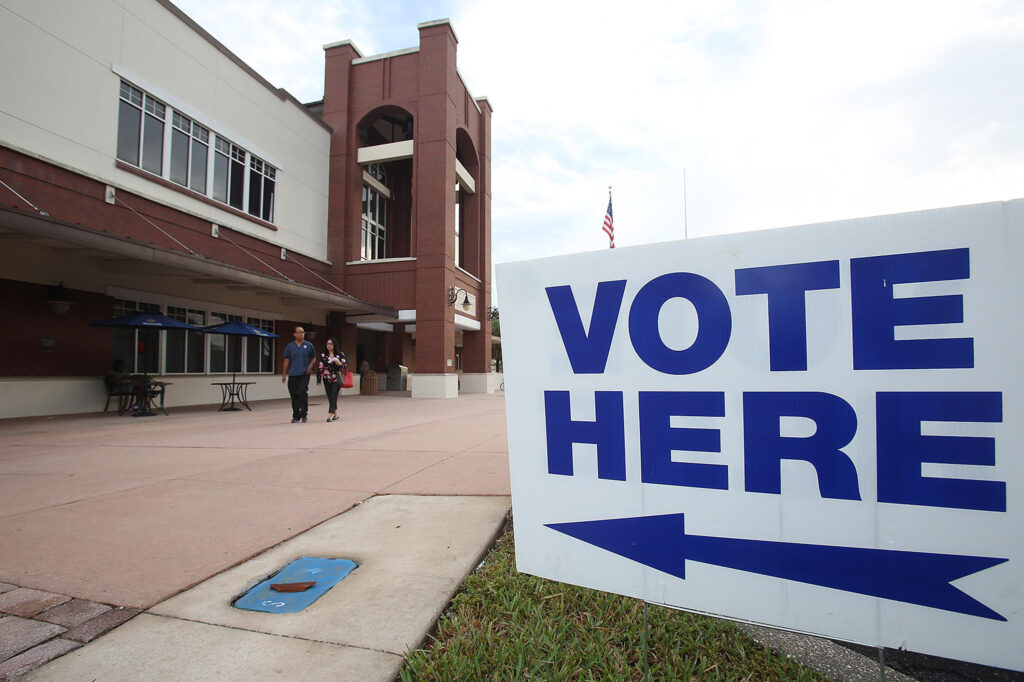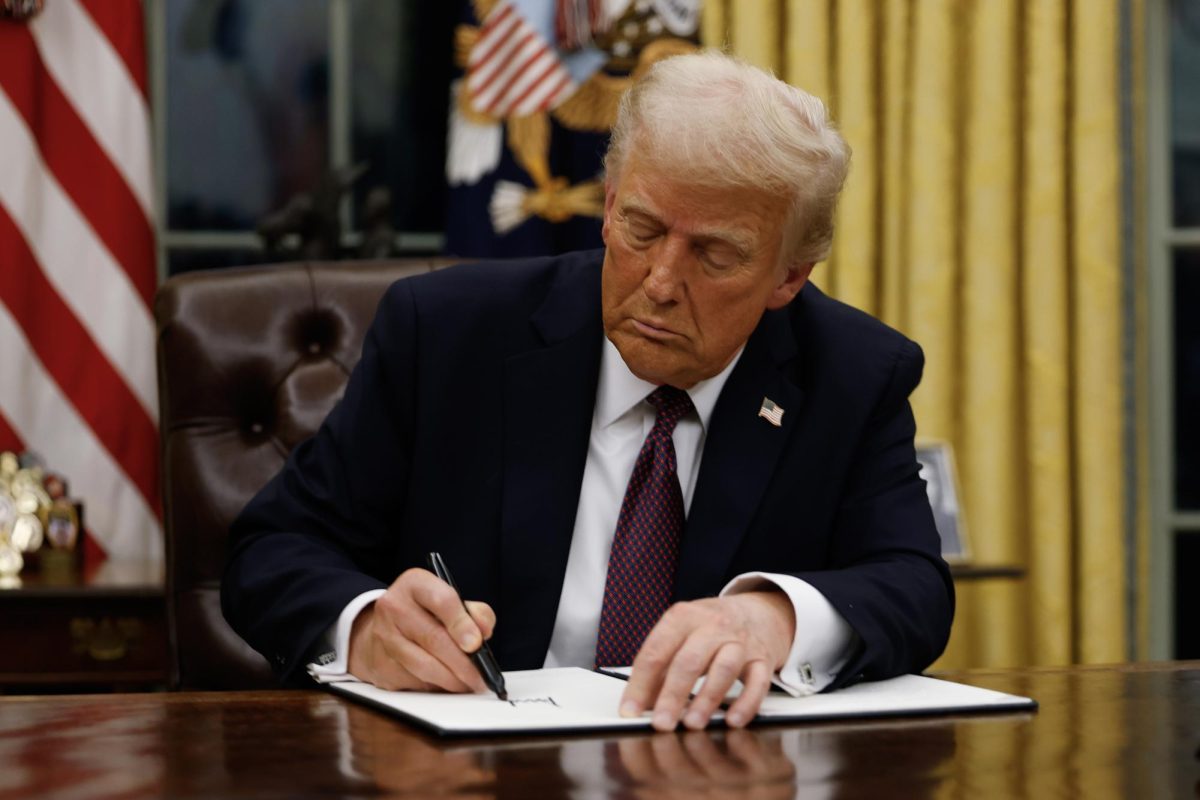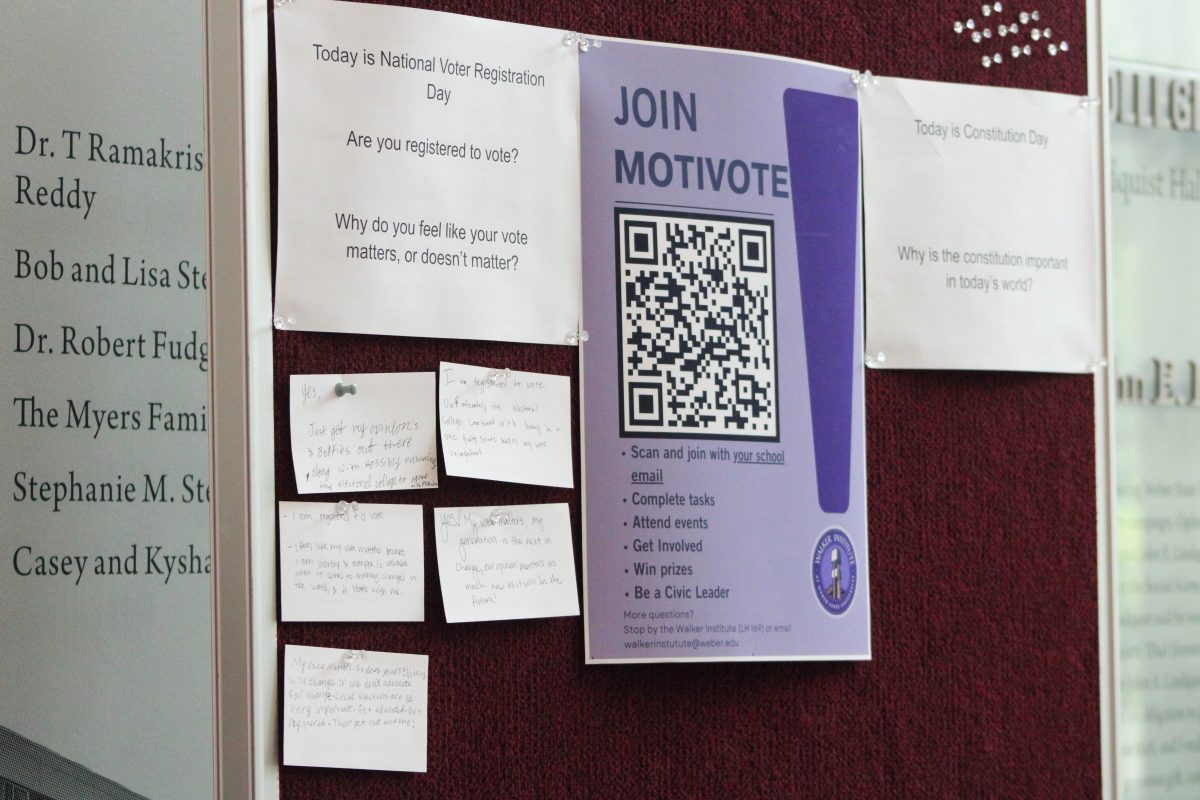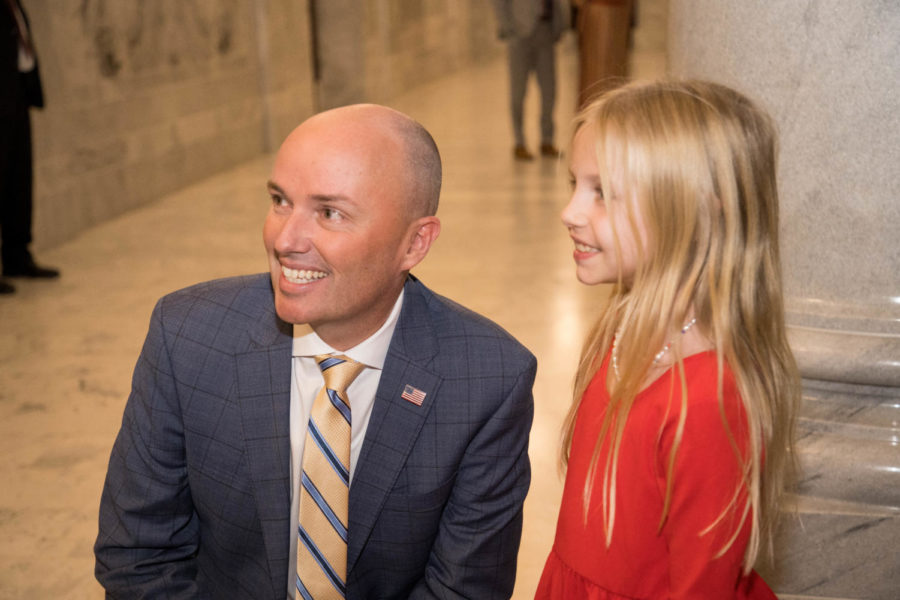
Midterms are over. The last results in races too close to call on Nov. 6 came in on Nov. 9.
On the national stage, Republicans flipped seats over weak Democratic candidates but lost a seat in Nevada on a toed-the-line candidate who squeaked out a win in 2012 by one point. Democrats took enough seats in the House to gain majority control. If you were a betting person, you probably made a lot of money because everything happened as betting markets said it should have.
What does any of it mean, though?
You’re going to hear the term “gridlock” a lot in the coming weeks. A divided Congress means nothing happens, for the most part. Under former President Barack Obama, Democrats held control in both chambers of Congress until Republicans won House majority in 2010 and then Senate majority in 2014.
With Congress suddenly controlled by Obama’s political opponents, things ground to a halt. By Dec. 2016, he had held only 60 bill-signing ceremonies. For comparison, the other recent two-term presidents had held 95 (H.W. Bush) and 91 (Clinton). Reagan, under whom the Republican party never controlled Congress, held 61.
For Obama, progress was bogged down after the first two years of his second term, during which he passed the stimulus bill and Obamacare. After Republican control of Congress took effect, he butted heads with Congress over judicial nominations and government spending until the end of his term.
Similarly, Republicans held both chambers of Congress entering President Donald Trump’s term. Out of the 117 bills Trump signed in his first year, however, the major standout was only the tax plan, with much of the legislation aimed at dismantling Obama-era legislation. Now that Democrats hold the House, it’s unlikely the Trump administration will be able to deliver on any more campaign promises.
Why nothing happens in a divided Congress is simple: we’ve all seen the “How a Bill Becomes a Law” song. When a piece of legislation gets approval from the president and both chambers of Congress, it becomes enforceable law. Bills begin in the House and travel to the Senate if the House approves them.
If the House doesn’t want to draft bills, they simply don’t. If members in the minority power in the House draft bills, it’s an uphill battle to get them past the majority party. That leaves presidential executive orders, like the recent one to deny asylum to border crossers. Executive orders are still subject to judicial review, like legislation. Executive orders are tricky because they bypass Congress and can cause unrest; FDR famously wrote 3,522 executive orders to circumvent a Congress that continuously stymied him.
Ultimately, in the remainder of Trump’s term as president, it’s unlikely that much, if any, significant law changes happens beyond executive orders.
That’s not to say nothing is going to happen. Democrats have expressed excitement at the opportunity to exercirse oversight against Trump, and Trump already fired Attorney General Jeff Sessions this week and replaced him with Matthew Whittaker, who has said he believes the Russia probe should be dialed back.
Looking to the future, 2020 brings a big election: the presidential, in addition to another 33 seats in the Senate and every House seat. In order for Republicans to regain control of all Congress, they first would need to win back the House. Additionally, they have 20 seats up for reelection in 2020, and would need to defend up to 18 of them, or win some of the 11 Democratic or 2 blank seats.



















